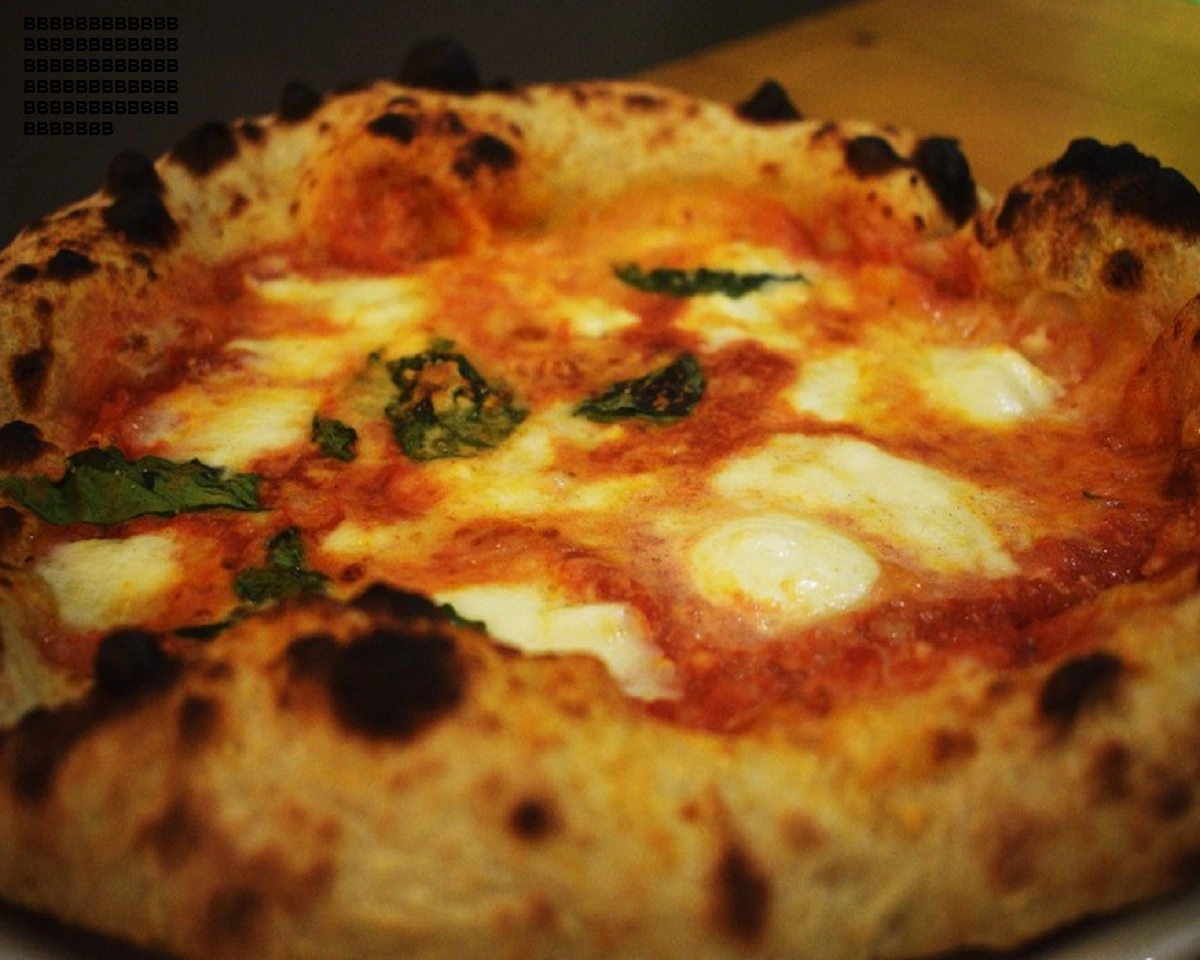Pizza is undoubtedly one of the most beloved and popular foods worldwide. Its tantalizing combination of dough, cheese, and various toppings makes it a go-to choice for many people. However, when it comes to health and nutrition, questions arise about whether pizza can be considered a healthy food option. In this article, we will explore the nutritional aspects of pizza and examine its impact on our well-being.
1. What Makes Pizza Popular?
Pizza’s popularity stems from its versatility, convenience, and delicious taste. It offers a wide range of flavors, allowing individuals to customize their toppings according to personal preferences. Moreover, pizza is readily available and can be enjoyed in various settings, including restaurants, takeout, and delivery services.
2. The Nutritional Components of Pizza
To determine whether pizza is healthy, we need to examine its main components: the dough, cheese, and toppings.
2.1 The Pizza Dough
The dough serves as the foundation of any pizza. Traditional pizza dough is made from flour, water, yeast, and salt. It undergoes a fermentation process, resulting in a soft and chewy texture. The nutritional content of the dough largely depends on the type of flour used. Whole wheat or whole grain flour provides more fiber and nutrients compared to refined white flour.
2.2 Cheese
Cheese is a key ingredient in pizza, contributing to its creamy and indulgent flavor. Mozzarella is the most common cheese used, known for its stretchiness and mild taste. While cheese does contain calcium and protein, it is also high in saturated fat and calories. Choosing lower-fat cheese options or reducing the amount of cheese can make pizza a healthier choice.
2.3 Toppings
Pizza toppings can vary greatly, ranging from vegetables and lean meats to processed meats and high-fat ingredients. Opting for vegetable toppings like tomatoes, mushrooms, peppers, and spinach can increase the nutrient content of the pizza. On the other hand, toppings such as pepperoni, sausage, and extra cheese should be consumed in moderation due to their higher fat and sodium content.
3. Evaluating the Healthiness of Pizza
Determining whether pizza is healthy depends on several factors, including portion size, ingredients, and frequency of consumption.
3.1 Moderation is Key
Enjoying pizza in moderation is the key to incorporating it into a balanced diet. Consuming pizza occasionally as part of a varied and nutrient-rich meal plan can be compatible with a healthy lifestyle. It’s essential to balance pizza consumption with other nutritious foods to meet your body’s overall nutritional needs.
3.2 Choosing Healthier Options
Opting for healthier pizza choices can enhance its nutritional value. Consider ordering or preparing pizzas with whole wheat crusts, lean protein toppings, and a generous portion of vegetables. This approach boosts fiber, vitamins, and minerals while reducing calorie and fat intake.
3.3 Portion Control
Controlling portion sizes is crucial when it comes to pizza. It’s easy to indulge in multiple slices, which can lead to excessive calorie intake. Being mindful of portion sizes and listening to your body’s hunger cues can help maintain a healthy balance.
4. The Impact of Pizza on Health
Pizza can have both positive and negative effects on health, depending on the choices made and the overall dietary context.
4.1 Potential Benefits
Pizza can provide essential nutrients such as carbohydrates, protein, calcium, and vitamins, depending on the ingredients used. Whole grain crusts, vegetable toppings, and lean protein options contribute to the overall nutritional value.
4.2 Potential Concerns
Pizza can be a source of excess calories, unhealthy fats, sodium, and processed ingredients. Regularly consuming pizzas high in saturated fat and sodium can increase the risk of weight gain, heart disease, and other health issues. It is crucial to be mindful of the choices made and to balance pizza consumption with other nutritious foods.
5. Conclusion
Pizza can be considered healthy when consumed in moderation and with mindful choices. Opting for whole grain crusts, incorporating vegetables, and controlling portion sizes are effective strategies to make pizza a more nutritious option. Remember, a balanced and varied diet is key to overall health, and pizza can be a part of that when enjoyed responsibly.
FAQs (Frequently Asked Questions)
- Is pizza considered a healthy food? Pizza can be part of a healthy diet when consumed in moderation and with nutrient-rich ingredients.
- How can I make pizza healthier? Opt for whole wheat crusts, use lean protein and vegetable toppings, and control portion sizes.
- Can pizza contribute to weight gain? Regularly consuming calorie-dense pizzas with high-fat ingredients can contribute to weight gain if not balanced with a healthy overall diet.
- What are some healthier pizza topping options? Choose toppings like tomatoes, mushrooms, peppers, spinach, and lean meats to enhance the nutritional content of your pizza.
- Can I enjoy pizza on a weight loss journey? Yes, incorporating pizza into a weight loss journey is possible by being mindful of portion sizes and making healthier ingredient choices.

